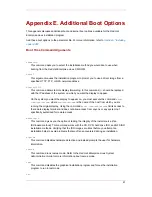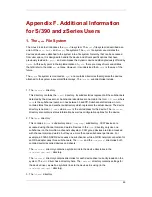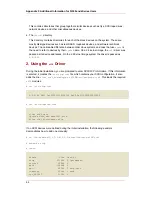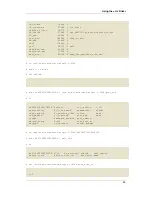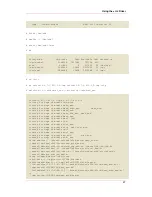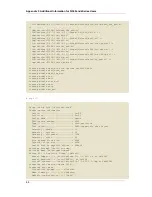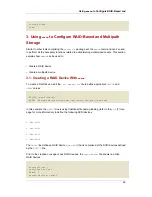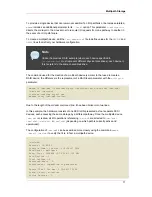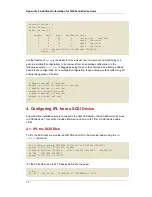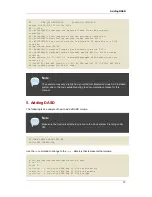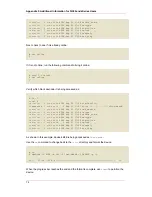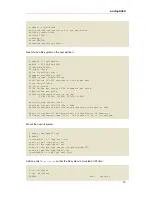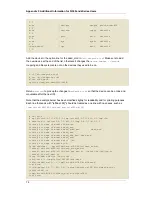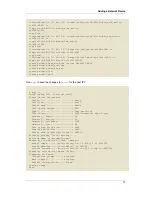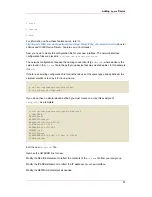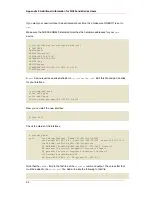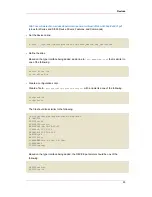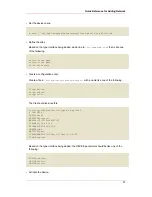
Working Devices : 4
Failed Devices : 0
Spare Devices : 3
Number
Major
Minor
RaidDevice State
0
8
49
0
active sync
/dev/sdd1
1
8
17
1
spare
/dev/sdb1
2
8
33
2
spare
/dev/sdc1
3
8
1
3
spare
/dev/sda1
UUID : 4b564608:fa01c716:550bd8ff:735d92dc
Events : 0.1
Another feature of
mdadm
is the ability to force a device (be it a member of a RAID array or a
path in a multipath configuration) to be removed from an operating configuration. In the
following example,
/dev/sda1
is flagged as being faulty, is then removed, and finally is added
back into the configuration. For a multipath configuration, these actions would not affect any I/O
activity taking place at the time:
# mdadm /dev/md0 -f /dev/sda1
mdadm: set /dev/sda1 faulty in /dev/md0
# mdadm /dev/md0 -r /dev/sda1
mdadm: hot removed /dev/sda1
# mdadm /dev/md0 -a /dev/sda1
mdadm: hot added /dev/sda1
#
4. Configuring IPL from a SCSI Device
Anaconda (the installation program) supports the direct installation of Red Hat Enterprise Linux
to SCSI devices. This section includes information on how to IPL from a SCSI device within
z/VM.
4.1. IPL the SCSI Disk
To IPL the SCSI disk, we provide the WWPN and LUN to the machine loader using the
SET
LOADDEV
command.
set loaddev portname 50050763 00c18154 lun 57190000 00000000
Ready; T=0.01/0.01 15:47:53q loaddev
PORTNAME 50050763 00C18154
LUN
57190000 00000000
BOOTPROG 0
BR_LBA
00000000 00000000
Ready; T=0.01/0.01 15:47:56
IPL the SCSI disk using the FCP device defined to the guest.
q fcp
00: FCP
010A ON FCP
010ACHPID C1 SUBCHANNEL = 0000
Appendix F. Additional Information for S/390 and zSeries Users
72
Содержание ENTERPRISE LINUX 3 - FOR IBM S-390 AND IBM ESERVER ZSERIES
Страница 2: ...Red Hat Enterprise Linux 4 ...
Страница 4: ...Red Hat Enterprise Linux 4 ...
Страница 56: ...46 ...
Страница 64: ...54 ...
Страница 70: ...60 ...
Страница 104: ...94 ...
Страница 108: ...98 ...




